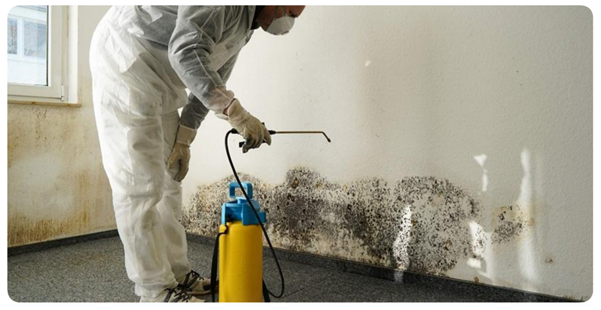Innovative Uses of 3003 Aluminum Sheet in Modern Architecture
In the ever-evolving world of architecture, materials play a pivotal role in shaping the aesthetics, functionality, and sustainability of modern structures. Among the many materials that have gained prominence in recent years, 3003 aluminum sheet stands out due to its unique properties and versatility. This blog explores the innovative uses of 3003 aluminum sheet in contemporary architecture, highlighting its benefits and how it is transforming the industry.
What is 3003 Aluminum Sheet?
3003 aluminum sheet is a commercially pure aluminum with added manganese to enhance its strength. It is known for its excellent corrosion resistance, formability, and moderate strength. With a variety of finishes and thicknesses available, 3003 aluminum sheet is a popular choice for both structural and decorative applications. Its adaptability and ease of use make it a valuable material in modern architecture.
Enhancing Aesthetic Appeal
One of the most notable applications of 3003 aluminum sheet in modern architecture is its use in facade treatments. Architects and designers are increasingly turning to aluminum sheets to create visually striking and innovative building exteriors. The smooth, reflective surface of 3003 aluminum sheet can be finished in various ways, including anodizing, painting, or powder coating. These finishes allow for a wide range of colors and textures, enabling architects to achieve unique and eye-catching designs.
For instance, the use of 3003 aluminum sheet in a perforated facade can create dynamic patterns and play with light and shadow. This technique not only enhances the building’s aesthetic appeal but also contributes to its energy efficiency by reducing heat gain and glare. Additionally, the lightweight nature of aluminum makes it easier to install complex designs and shapes, offering architects greater creative freedom.
Sustainable Building Solutions
Sustainability is a key consideration in modern architecture, and 3003 aluminum sheet contributes to this goal in several ways. Firstly, aluminum is a highly recyclable material, and 3003 aluminum sheet is no exception. Recycling aluminum requires only a fraction of the energy needed to produce new aluminum, making it an environmentally friendly choice.
Moreover, the durability of 3003 aluminum sheet ensures that it has a long service life, reducing the need for frequent replacements and minimizing waste. Its resistance to corrosion means that it maintains its appearance and performance over time, further enhancing the sustainability of architectural projects. By incorporating 3003 aluminum sheet into building designs, architects can achieve both aesthetic and environmental goals.
Functional Applications in Building Interiors
Beyond exterior applications, 3003 aluminum sheet is also making waves in interior design. Its versatility allows it to be used in various functional applications within buildings. For example, 3003 aluminum sheet is increasingly used in ceiling panels, partition walls, and decorative screens. Its lightweight nature makes it ideal for these applications, where ease of installation and maintenance are essential.
In commercial spaces, such as offices and retail environments, 3003 aluminum sheet can be used to create sleek, modern interiors that are both functional and visually appealing. Its ability to be easily cut and shaped allows for customized solutions that meet specific design requirements. Additionally, the smooth surface of 3003 aluminum sheet can be combined with other materials, such as glass or wood, to create striking contrasts and enhance the overall design.
Innovative Structural Uses
While 3003 aluminum sheet is often associated with decorative applications, it also plays a role in structural elements of modern architecture. Its strength-to-weight ratio makes it suitable for use in structural components where weight reduction is critical. For example, 3003 aluminum sheet can be used in the construction of lightweight panels, cladding systems, and even structural support elements.
In high-rise buildings and large-scale projects, reducing the weight of building materials can lead to significant cost savings in terms of transportation and installation. The use of 3003 aluminum sheet in these applications not only contributes to the structural integrity of the building but also offers economic benefits. Its ease of fabrication and assembly further supports its use in innovative structural designs.
Case Studies and Examples
Several notable architectural projects showcase the innovative use of 3003 aluminum sheet. One such example is the Guggenheim Museum in Bilbao, where aluminum panels were used to create the building’s distinctive, curvilinear facade. The use of aluminum in this iconic structure not only contributes to its unique aesthetic but also demonstrates the material’s flexibility and adaptability in complex designs.
Another example is the Levitated Mass in Los Angeles, where 3003 aluminum sheet was employed to create a striking public art installation. The reflective properties of the aluminum enhance the visual impact of the installation, demonstrating the material’s potential for creative and artistic applications.
The innovative uses of 3003 aluminum sheet in modern architecture highlight its versatility and significance in contemporary design. From enhancing aesthetic appeal and contributing to sustainability to offering functional and structural benefits, 3003 aluminum sheet is a material that continues to inspire architects and designers. As the architectural landscape evolves, the creative potential of 3003 aluminum sheet will undoubtedly play a crucial role in shaping the future of building design.



